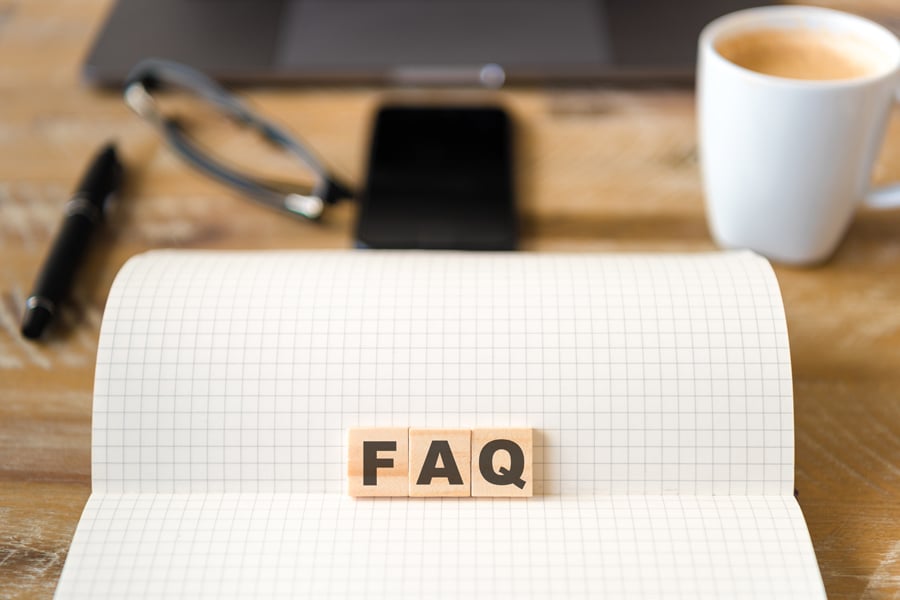Formal mindfulness practice-FQA

Share this step
How often should I practise mindfulness meditation?
We usually encourage beginners to start with two short meditations for a few minutes each day and to slowly build up to longer sessions as this starts to feel more comfortable. Please note that each week of the course includes two or more mindfulness exercises and we do not expect you to practise every one of these daily. But we do invite you to experiment with each exercise and to keep practising the ones that suit you best.
Should I sit in a particular way?
As long as you are comfortable and upright, then any seated position is fine for meditation. For most people, sitting in a chair with the feet grounded and some support around the spine works well.
Is it okay to lie down?
It is fine to practise lying down if you wish, especially if pain, disability, nausea or other factors make it difficult to sit. But we usually recommend remaining upright while practising for this reduces the likelihood of falling asleep and helps us focus more on attention training, rather than trying to relax – which is often a welcome side effect, but not the aim of our mindfulness practice.
Should I practise with my eyes open or closed?
Please experiment with this and see what works best for you. Practising with the eyes closed is often recommended, as this can reduce visual distractions and help us focus more fully on our other senses. However, practising with the eyes gently open can help us remain more alert and is definitely recommended if you start to feel sleepy.
How can I stop my mind from wandering?
Mind wandering is perfectly natural, very common and an important part of our mindfulness practice. For if the mind could comfortably stay focused 100% of the time, there would be no need for exercises like this! Over time, with practice, it usually becomes easier to simply notice our attention has drifted and to redirect it back, without too much fuss. But for most of us, the mind is still likely to wander frequently.
As discussed in detail in Week 2, the key is to not be too harsh or self-critical, as this can increase feelings of stress and complicate things further. Also, trying harder is rarely effective, hence we advocate a gentle approach where (like training a puppy) we simply notice and accept what has happened without judgment, then redirect our attention back to our point of focus, over and over again.
What if I start to feel sad, worried or bored?
Please know that it is perfectly normal and healthy to experience a full range of emotions and that trying to suppress certain feelings can sometimes make us focus on them more. But when we can simply witness and be present with strong emotions, without getting too caught up in any commentary around them, we often notice that they start to soften and shift in their own time.
So if sadness, worry or boredom arise during your practice, being able to notice this and accept that it is part of being human to feel this way can often help diffuse some tension and allow us to better engage with the senses and the present moment. You can also try practising with the eyes slightly open, to help anchor your attention more clearly to the space around you and then return your attention back to the mindfulness exercise.
We also recommend getting some appropriate support if any difficult feelings persist or become overwhelming.
How should I deal with physical discomfort, tingling or other body sensations?
Sometimes when we sit still for a while, we might start to notice new physical sensations or some prior discomfort that we had previously ignored. For the most part, these sensations are harmless and transient and can be simply addressed by adjusting our position and/or experimenting with different chairs and cushioned support.
Trying a few gentle stretches before you begin can also be helpful. But of course if there is any persistent pain that you feel unsure about, we encourage you to follow up as needed with a local health professional.
How can I stop falling asleep?!
Please be assured that feeling tired and falling asleep when practising is extremely common and is often a sign that the body needs more rest and/or it associates being still as preparation for sleep.
Many other factors can also contribute to feelings of fatigue, including long work hours, physical and mental health issues, medication side effects, high levels of physical activity, and caring for young children or others who often wake at night.
To reduce the likelihood of falling asleep during your practice, you could try making sure you are getting enough sleep, practising earlier in the day and not after a big meal, sitting a little forward in your chair so you are not leaning on the back rest, and keeping your eyes slightly open. You can even try practising standing upright if need be!
Should I practice with or without the audio recording?
Although it can be helpful at first to follow Craig and Richard’s instructions in each meditation audio, to get a good sense of what they are suggesting and to help anchor your attention more firmly on the exercise, these audio guides are somewhat like training wheels on a bicycle that can help provide some support as you first explore the practice.
But over time we encourage you to take the training wheels off and guide yourself through these exercises, in whatever way feels right for you (e.g., reading a transcript of the meditation, silently talking yourself through the exercise in your words and/or practising with a timer set for a minute or more).
When is the best time of day to practice?
The best time to practise is whenever you comfortably can! For many learners, practising in the morning when they are feeling fresh and before things get too busy can help boost concentration and set a mindful tone for the day; while others might prefer a more restful and restorative practice in the evening when daily tasks have been completed and they are less distracted.
Practising briefly in between tasks during the day is also recommended, as this can help us refresh and refocus our attention and concentration as needed.
Another tip is to try and link your practice to any regular activity (e.g., straight after you wake up or have gotten dressed, before breakfast, while your tea brews, as your computer boots up, before lunch, while on public transport, or before you go to bed) to help it become part of your daily routine and not an extra thing to remember and find time for.
Share this
Mindfulness for Wellbeing and Peak Performance

Mindfulness for Wellbeing and Peak Performance


Reach your personal and professional goals
Unlock access to hundreds of expert online courses and degrees from top universities and educators to gain accredited qualifications and professional CV-building certificates.
Join over 18 million learners to launch, switch or build upon your career, all at your own pace, across a wide range of topic areas.
Register to receive updates
-
Create an account to receive our newsletter, course recommendations and promotions.
Register for free







